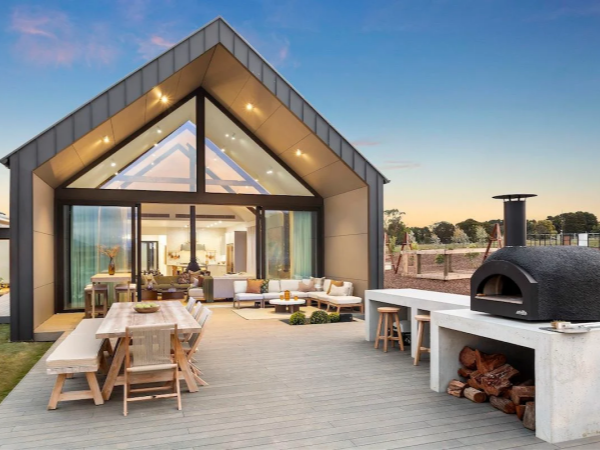If you’ve ever used Apple’s weather app, you know that forecasts can be wrong.
Looking out the window at a hail storm while a radiant full sun emoji backed by a bright blue sky stares back at you on your screen, you realise that sometimes, even the experts get it wrong.
Such is the case with some of Australia’s top economists in response to the surprising resilience of the housing market, who’ve been forced to revise their forecasts after a second straight month of national house price gains. According to CoreLogic, prices rose 0.6% in March and 0.5% in April.
The most recent revisions come care of Commonwealth Bank, all but erasing their earlier prediction of a 15% fall and replacing it with a 3% gain by end of year, followed by a 5% rise in 2024. With prices falling only 9.1% peak to trough, AMP economist Shane Oliver followed suit, agreeing with a 5% rise in house prices in 2024.
After 11 interest rate hikes, most assumed the market would take much longer to bounce back, using previous cycles—when higher rates have taken a while to flow through to prices—as precedent. In 2009, 2012, and 2019, price recovery didn’t occur until rates started falling, yet with this current cycle, prices began falling as soon as rates began rising. “Quite odd”, as the experts are saying.
As growth data continues to humble economists, the question is, could the unexpected house price recovery dictate the RBA’s next move by pressuring it to keep its monetary policy tighter for longer?
CBA’s most recent forecasts suggest yes, predicting gains could be even higher if 1% worth of rate cuts by the middle of 2024 takes place. But if rate hikes increase and the forecast cuts don’t eventuate, further falls could be on the way.
It’s not just the market numbers that have been off, either. Immigration is up drastically from the 235,000 forecast in last October’s budget, instead likely to hit 400,000 in arrivals by year’s end. The influx of new residents in Australia over the past 18 months is equivalent to demand for 200,000 extra dwellings.
Of course, immigration isn’t the only factor contributing to the housing supply crisis gripping the country, with eyewatering building costs creating havoc for the construction industry due to fixed price contracts. Residential building costs increased an estimated 29% in Sydney during the two years to March 2023, driven by global supply chain disruptions including the effects of the pandemic. Demand for new homes has never been higher, yet neither has the rate of construction insolvencies—at March end, nearly 16,400 dwellings in NSW were approved but not yet commenced, mostly all in Sydney.










